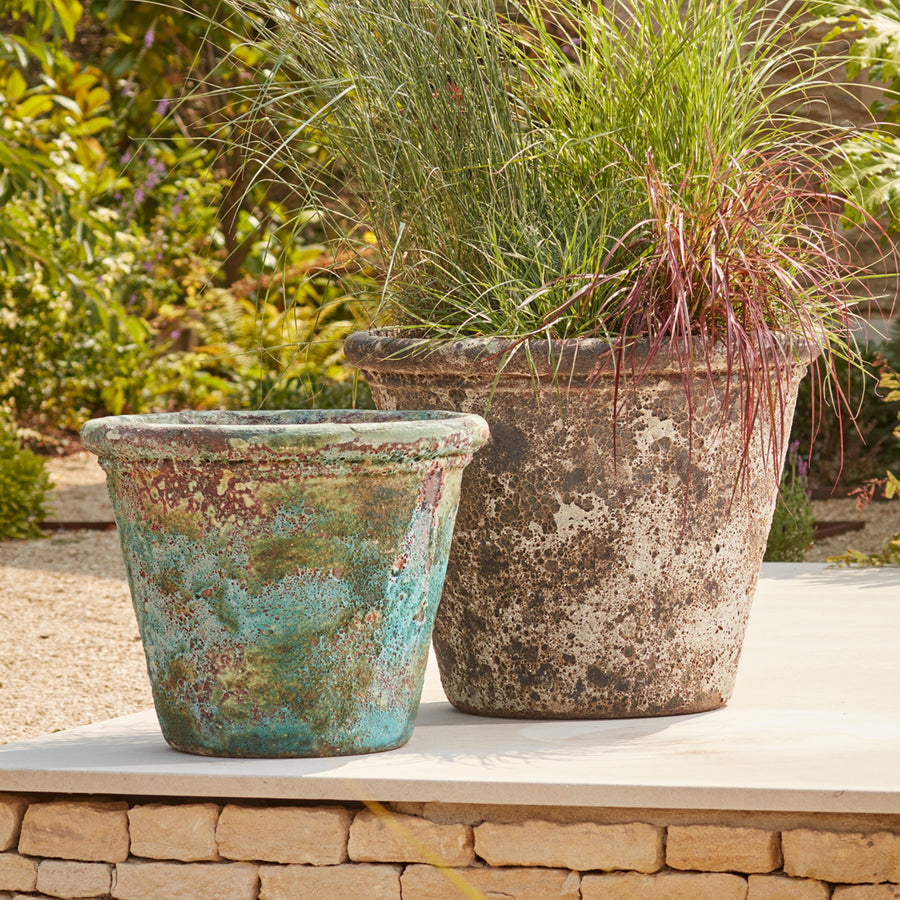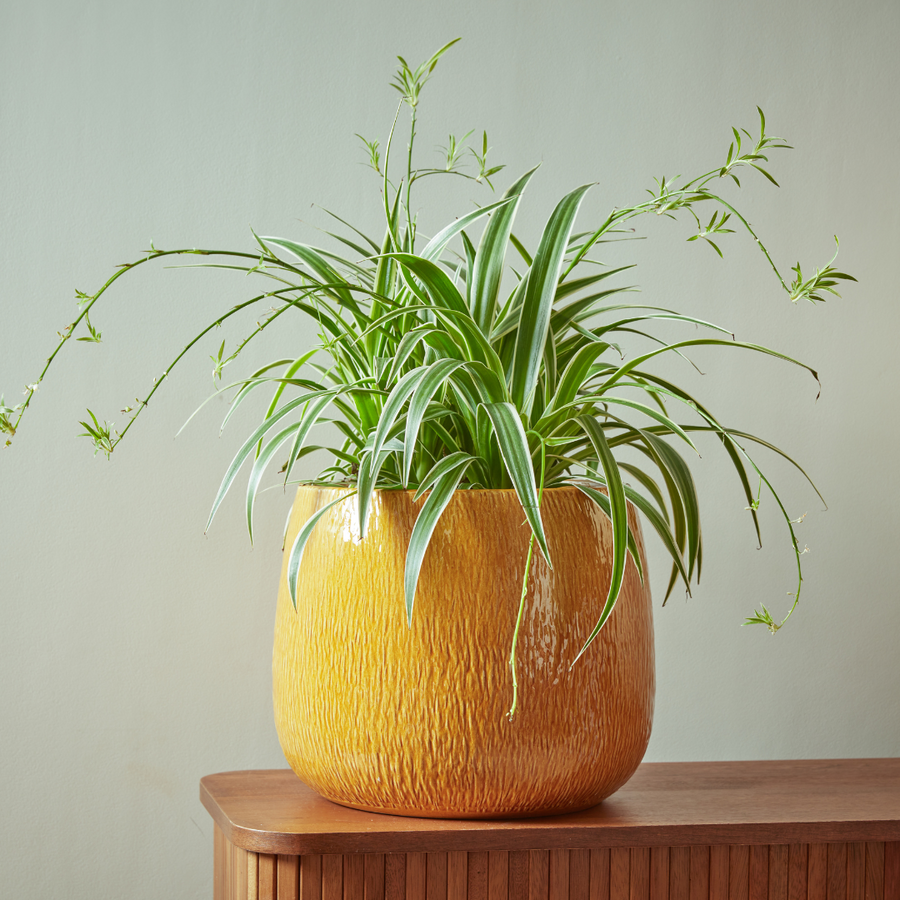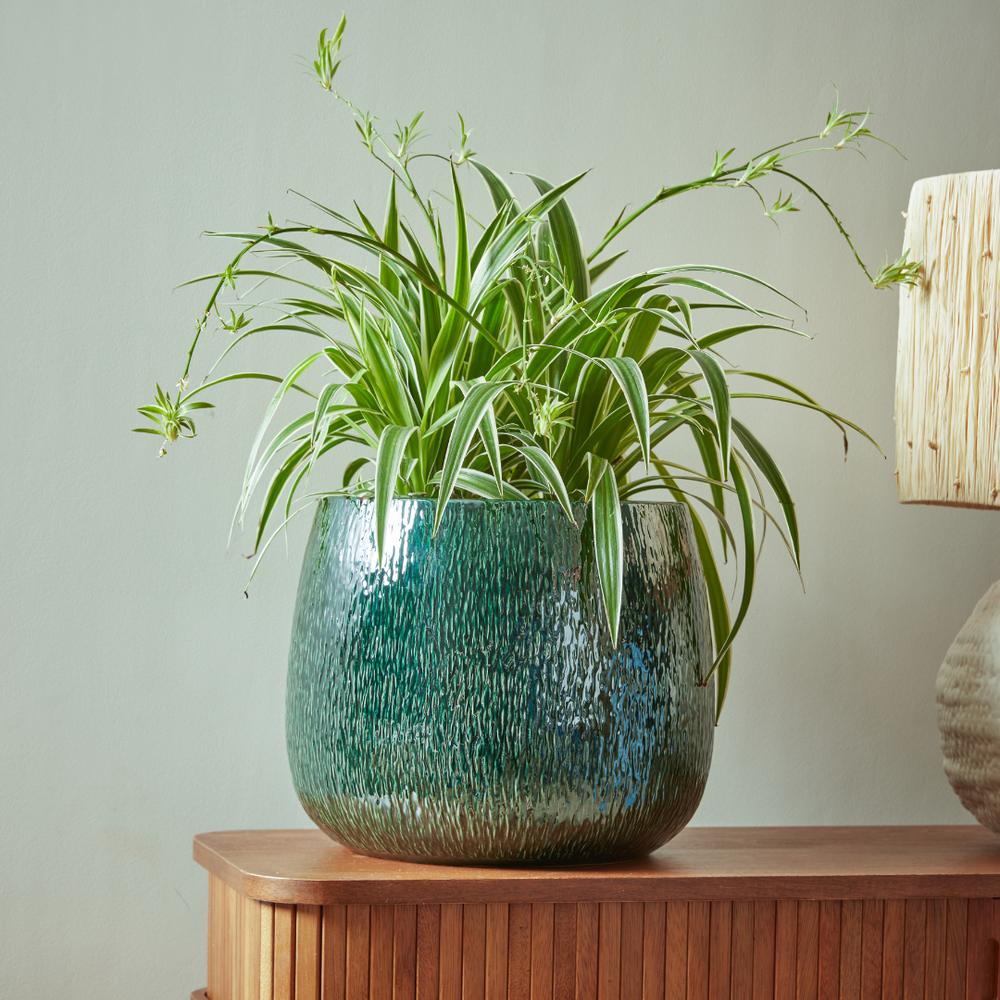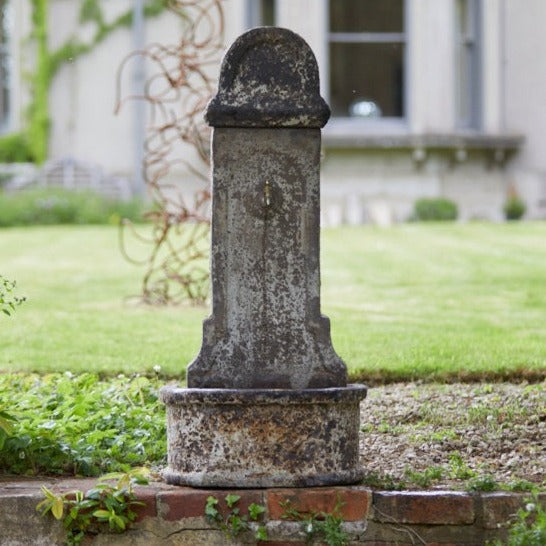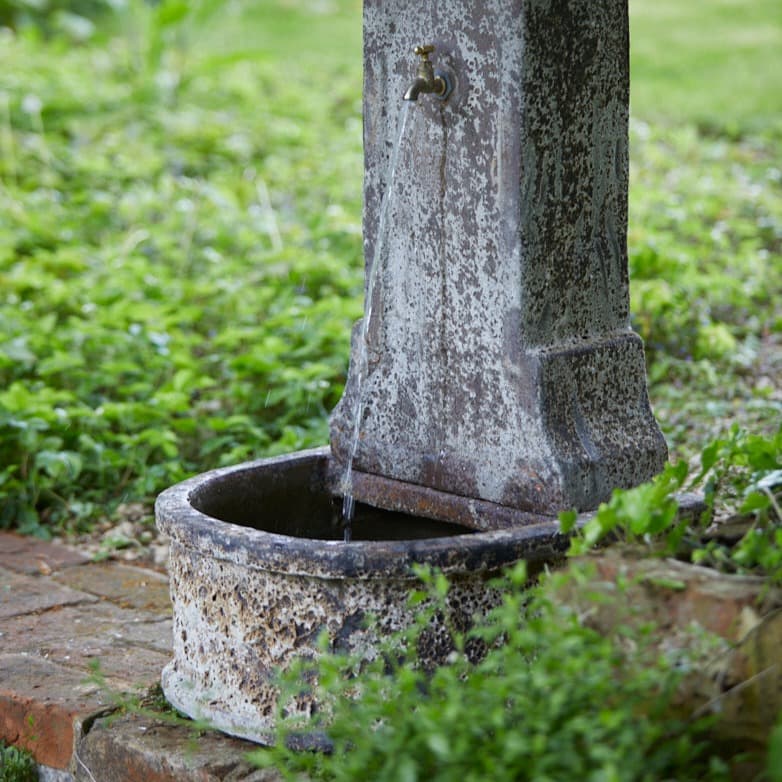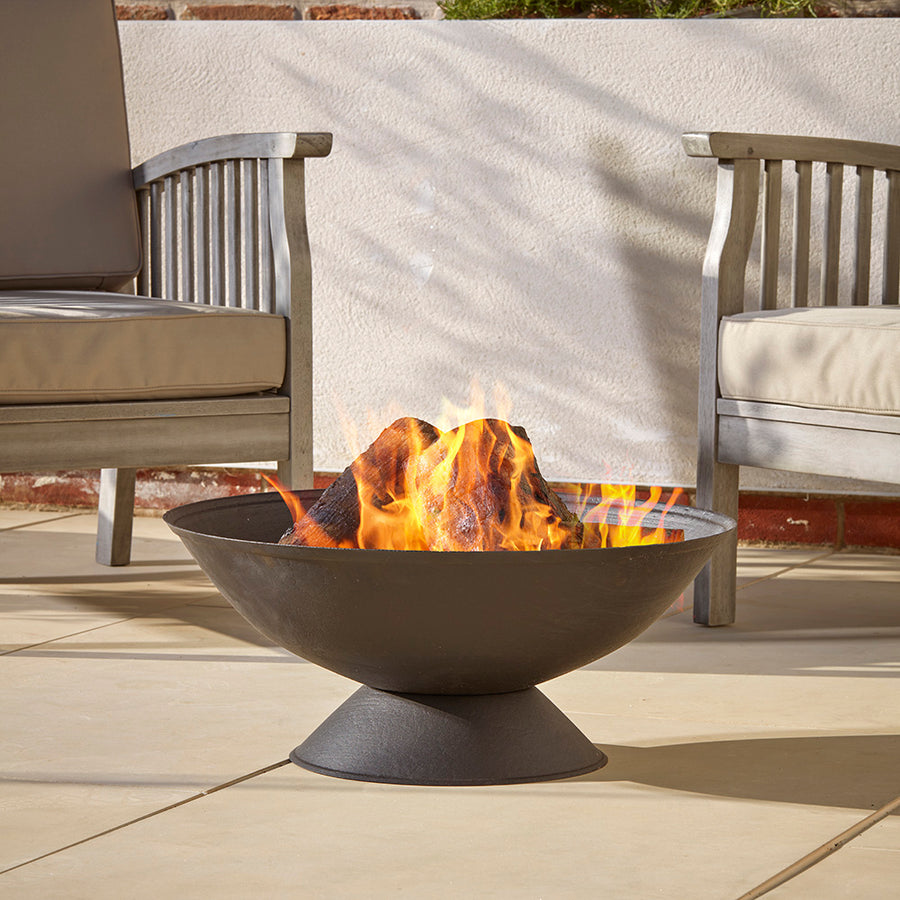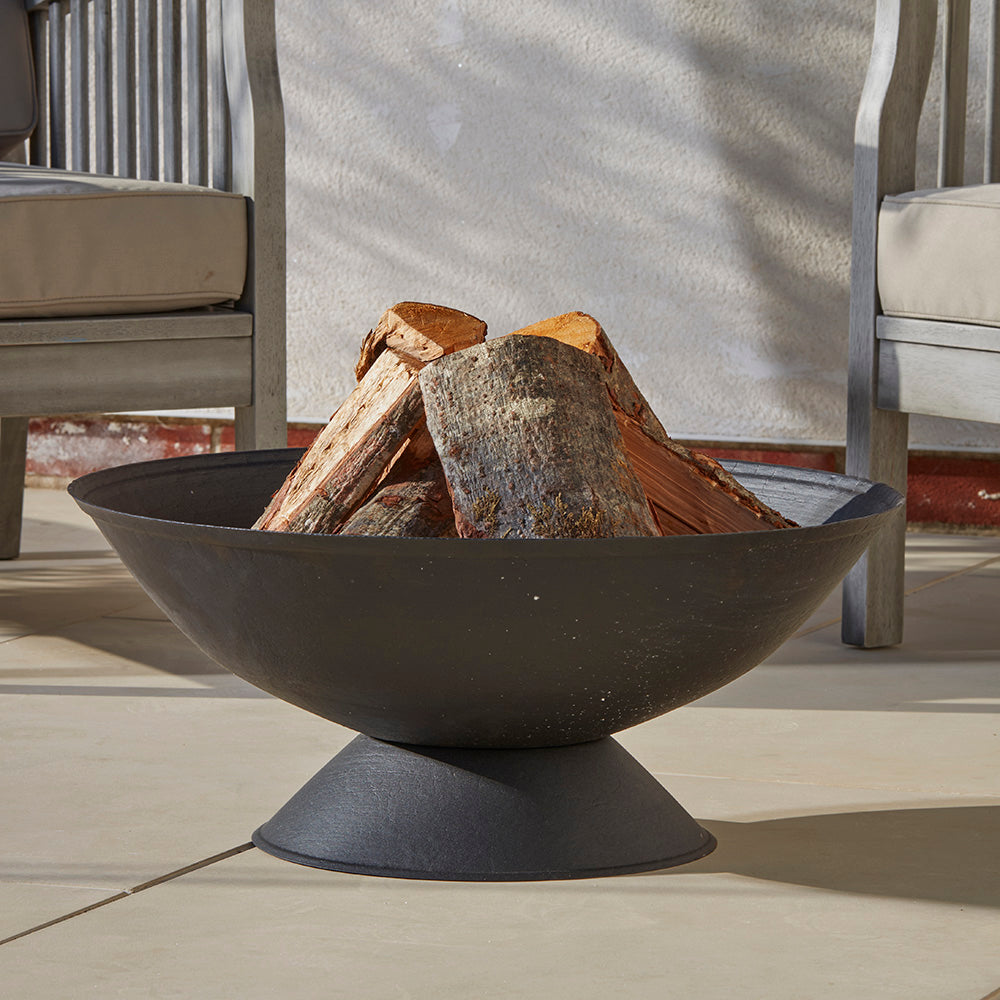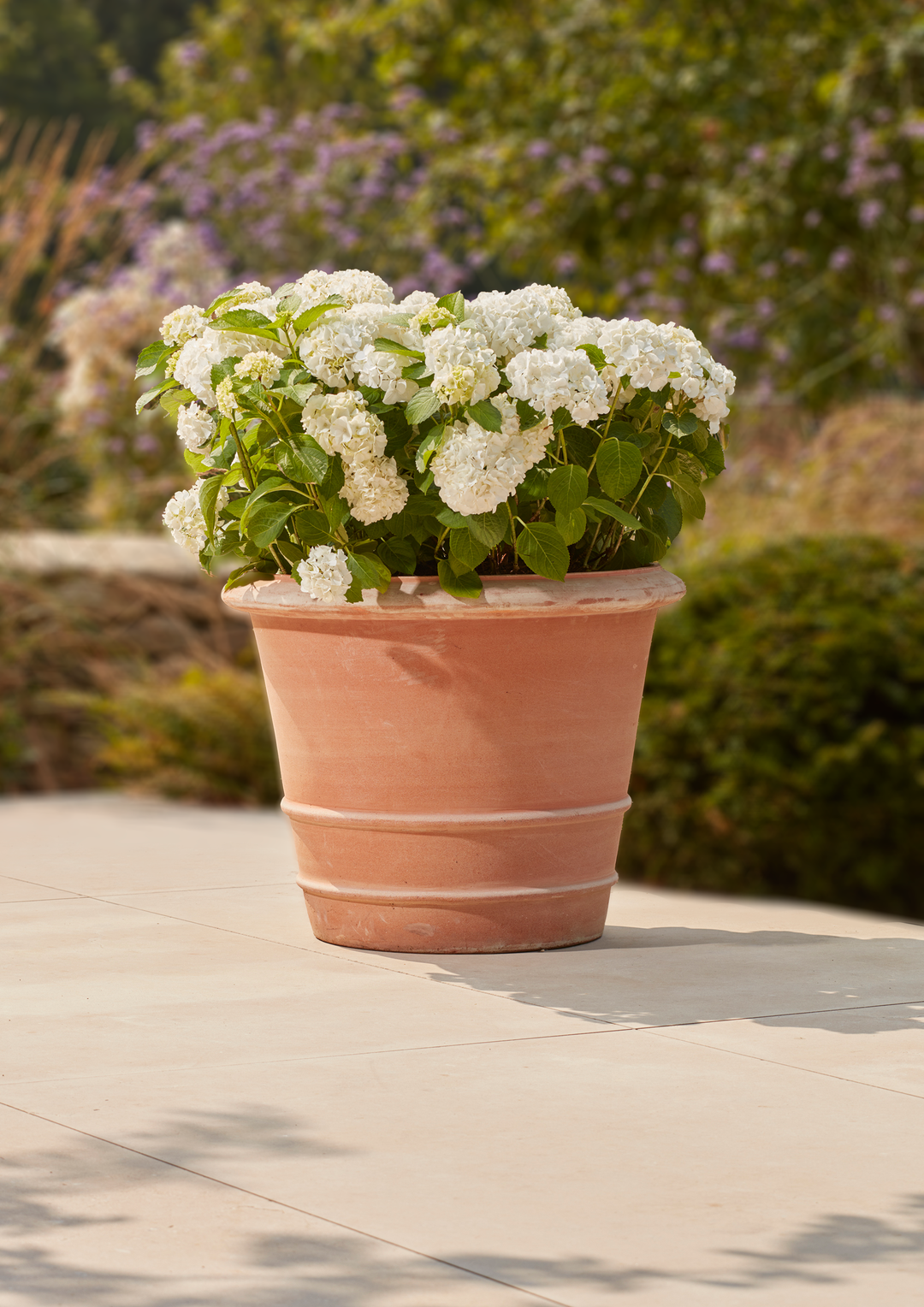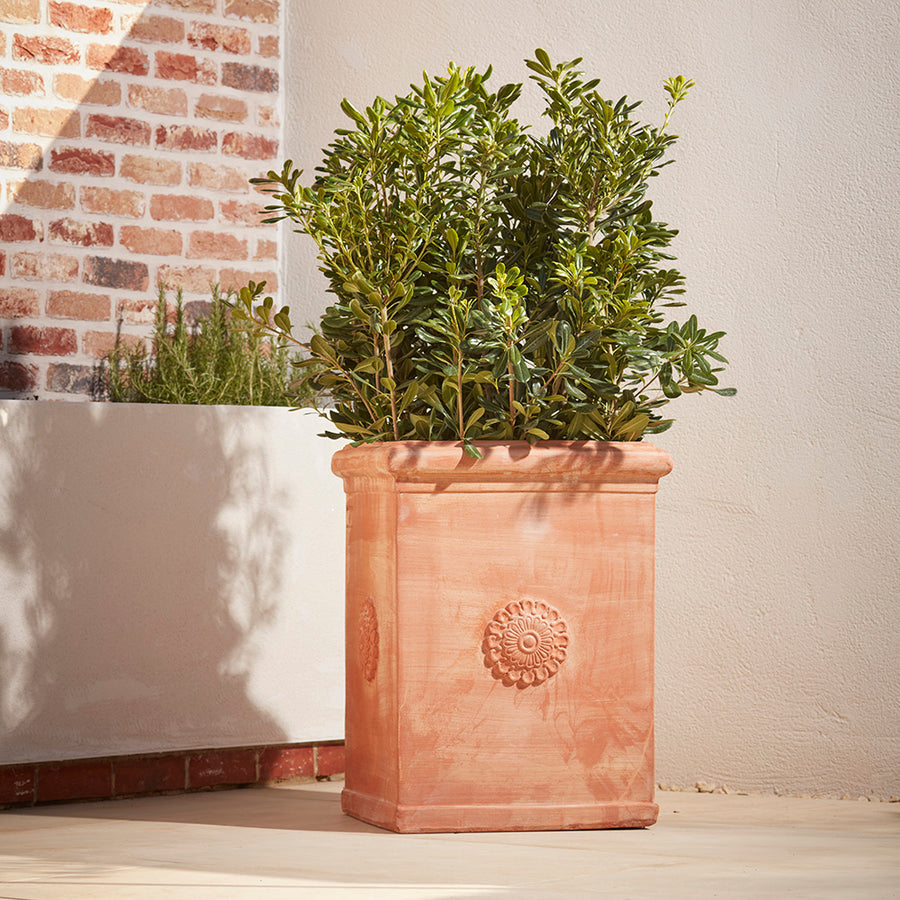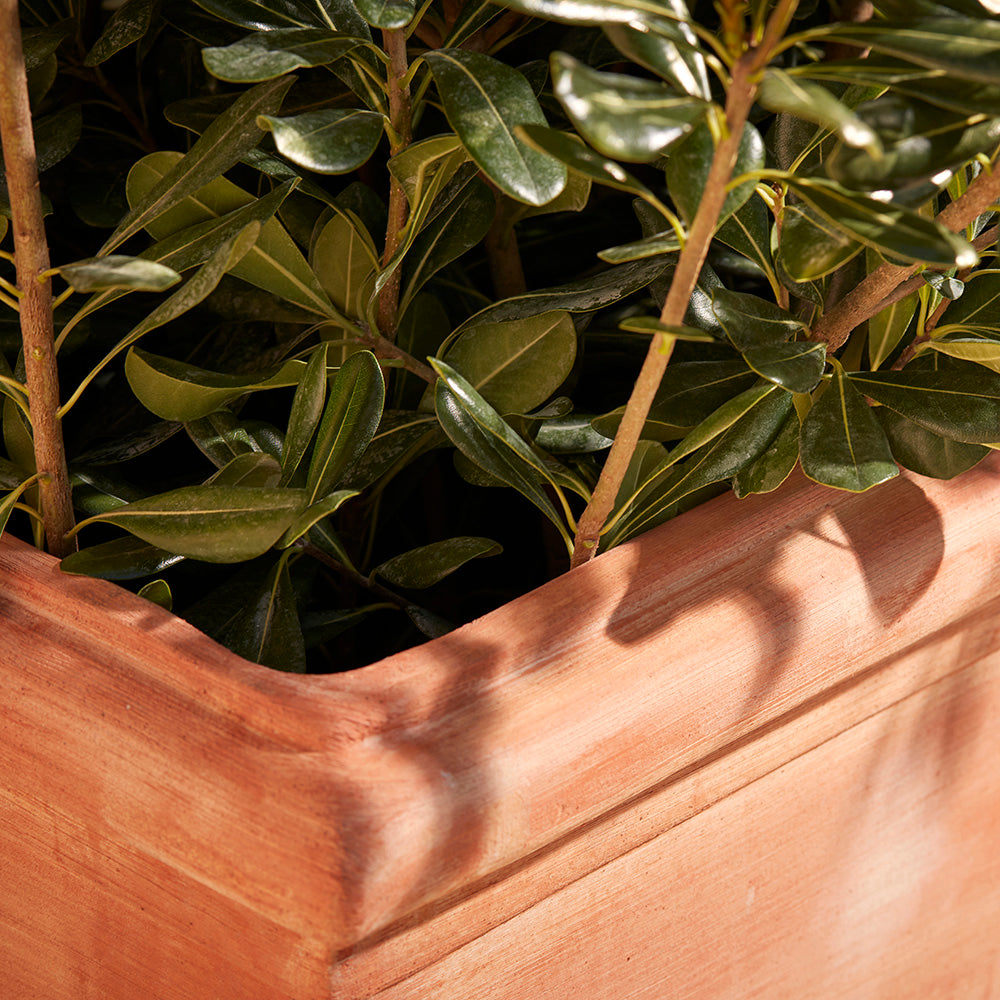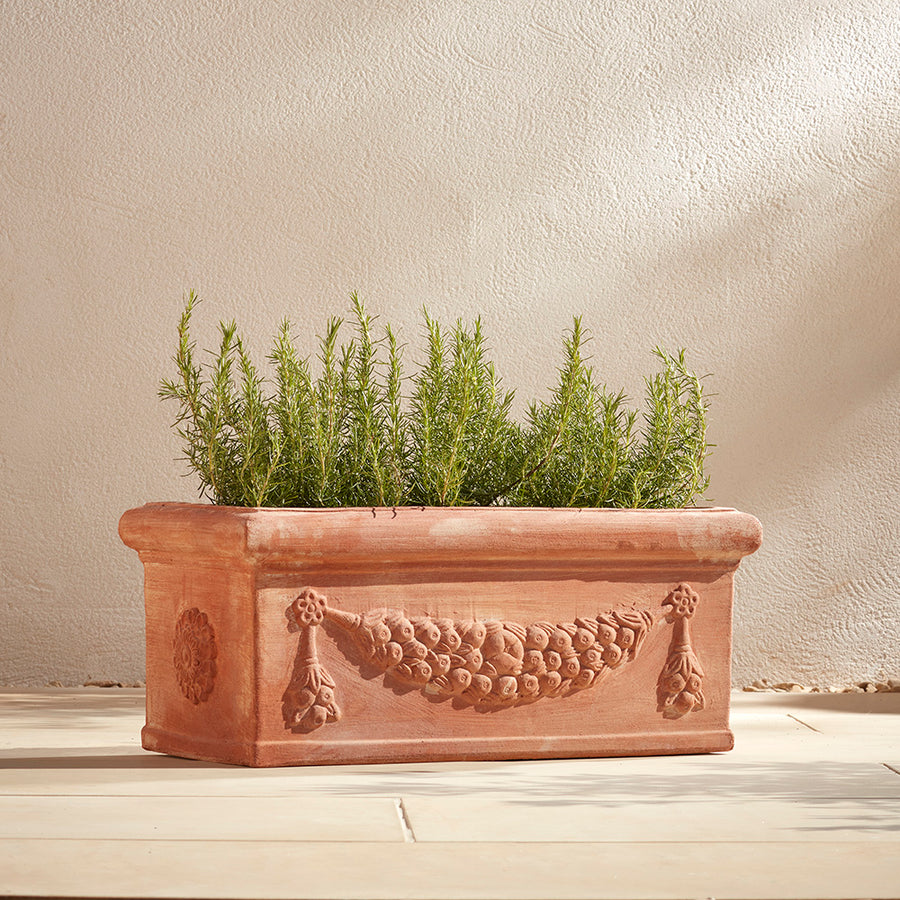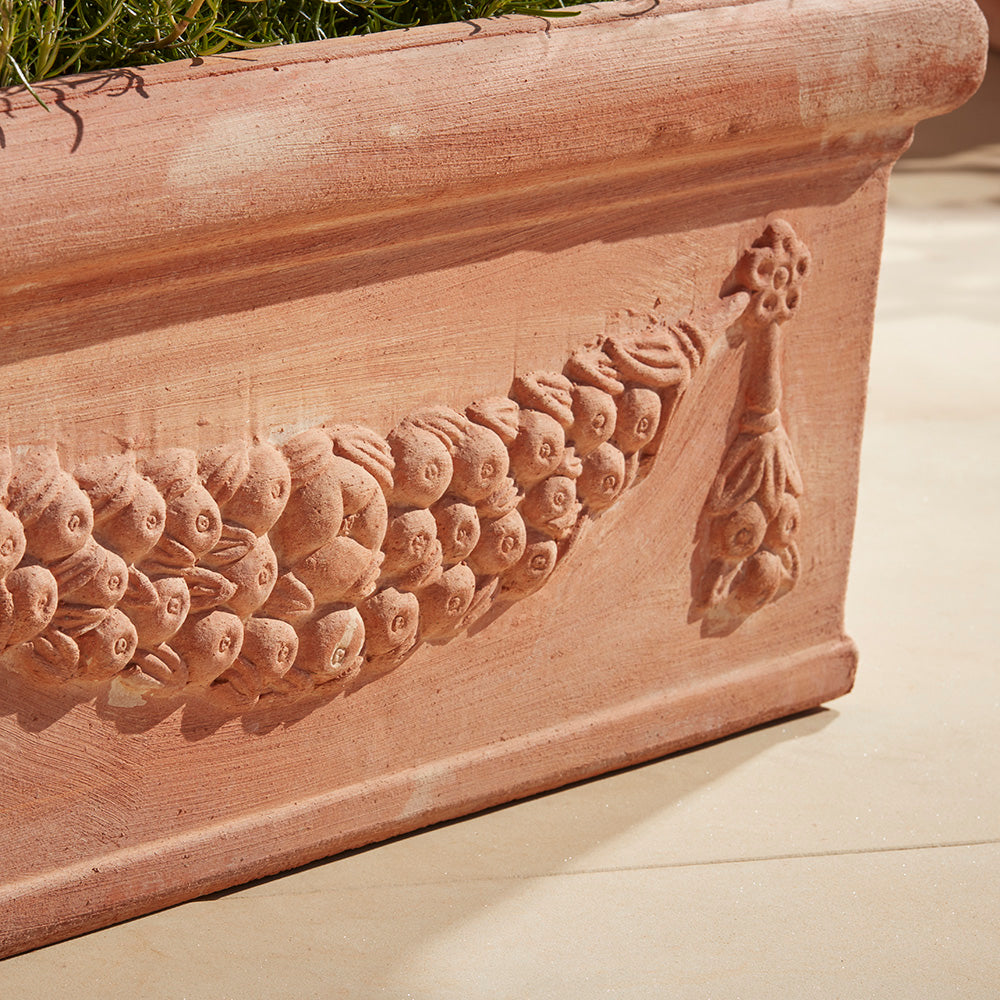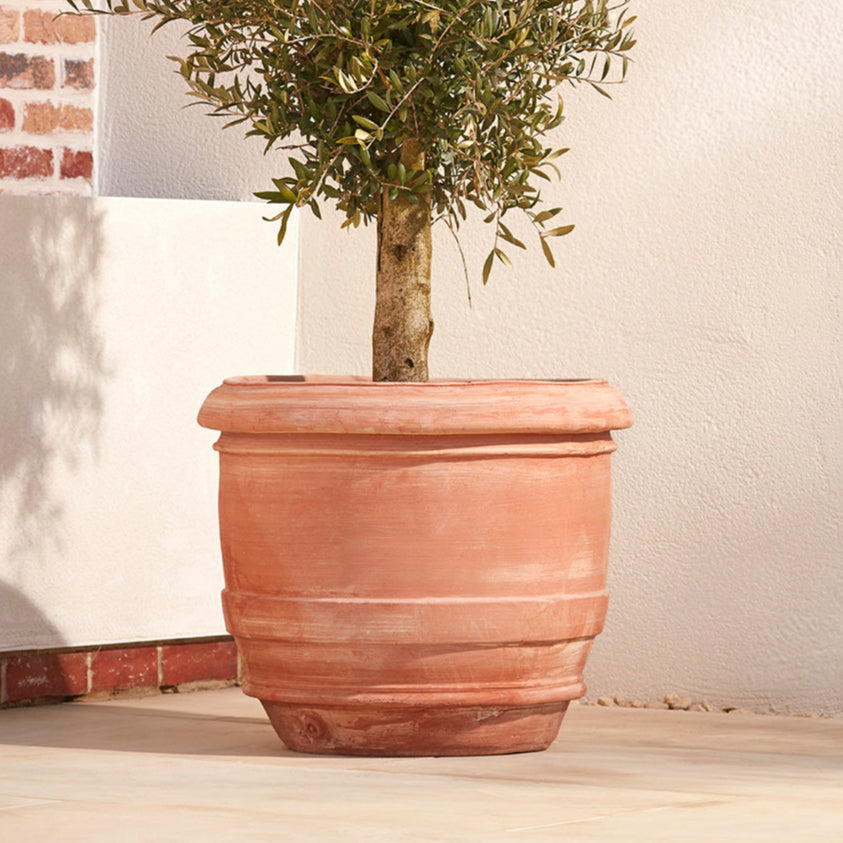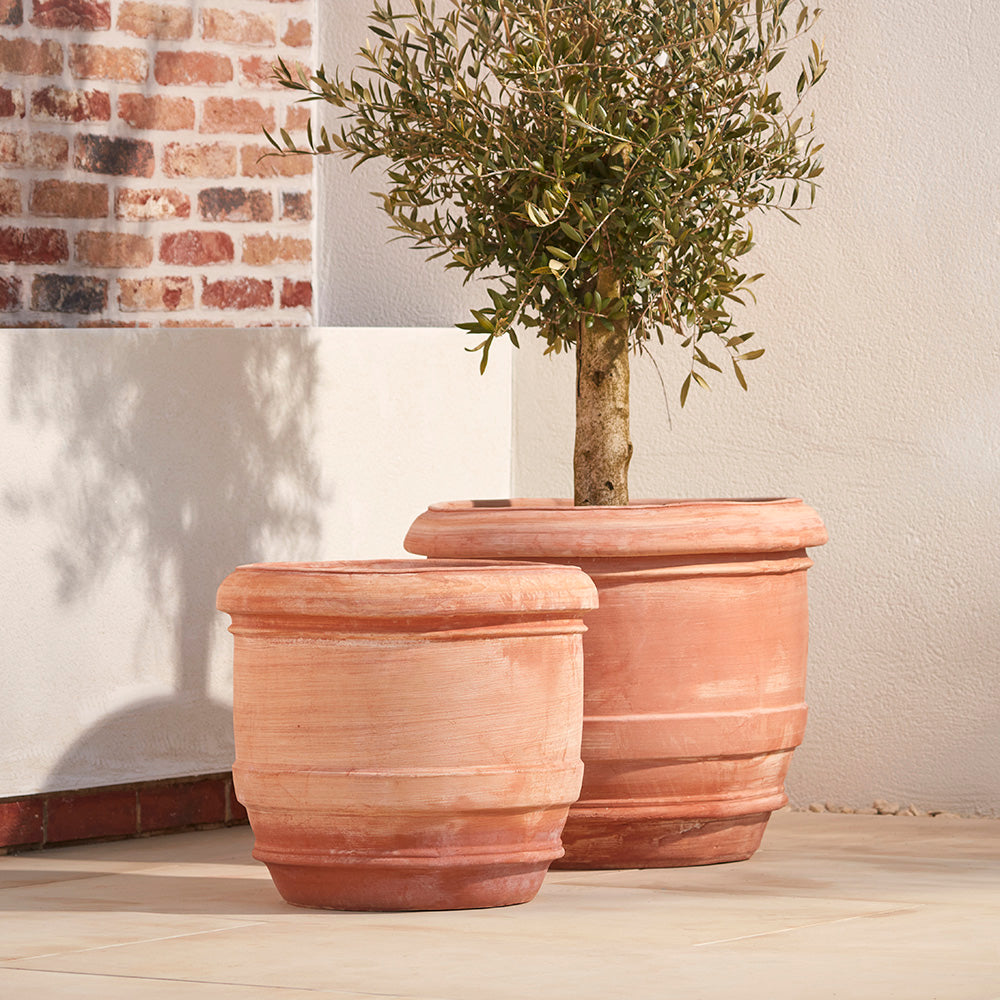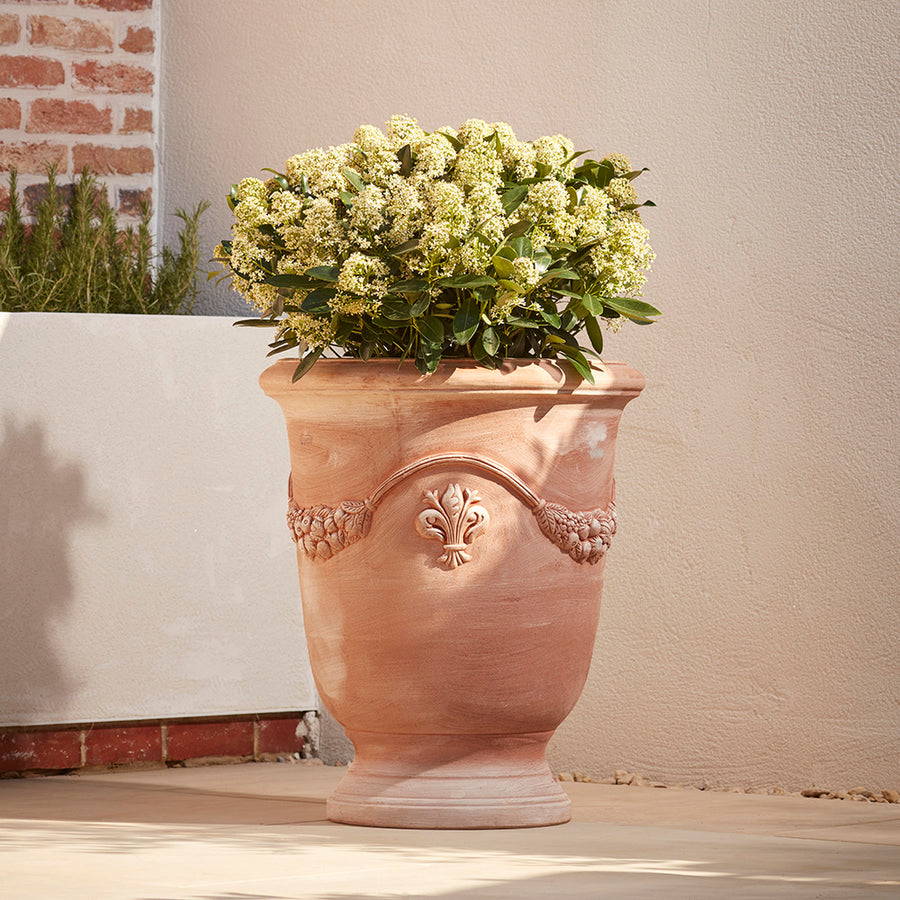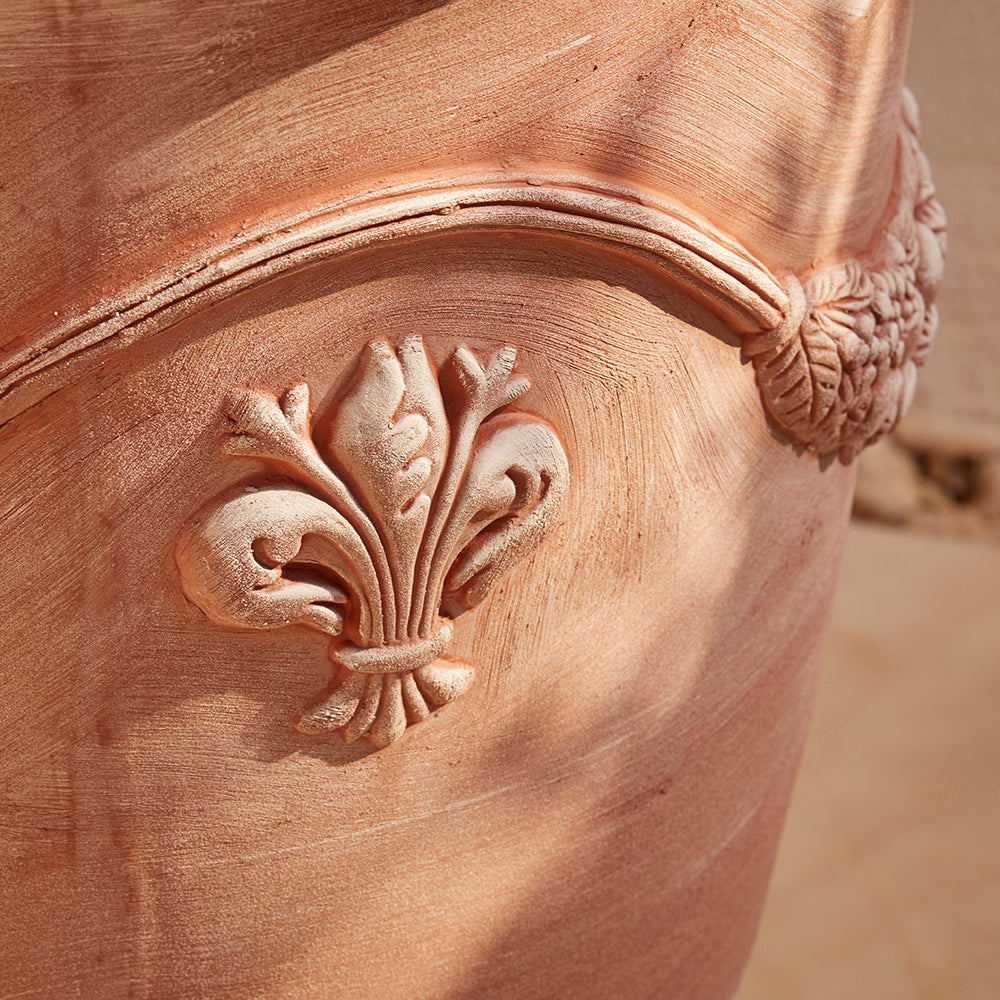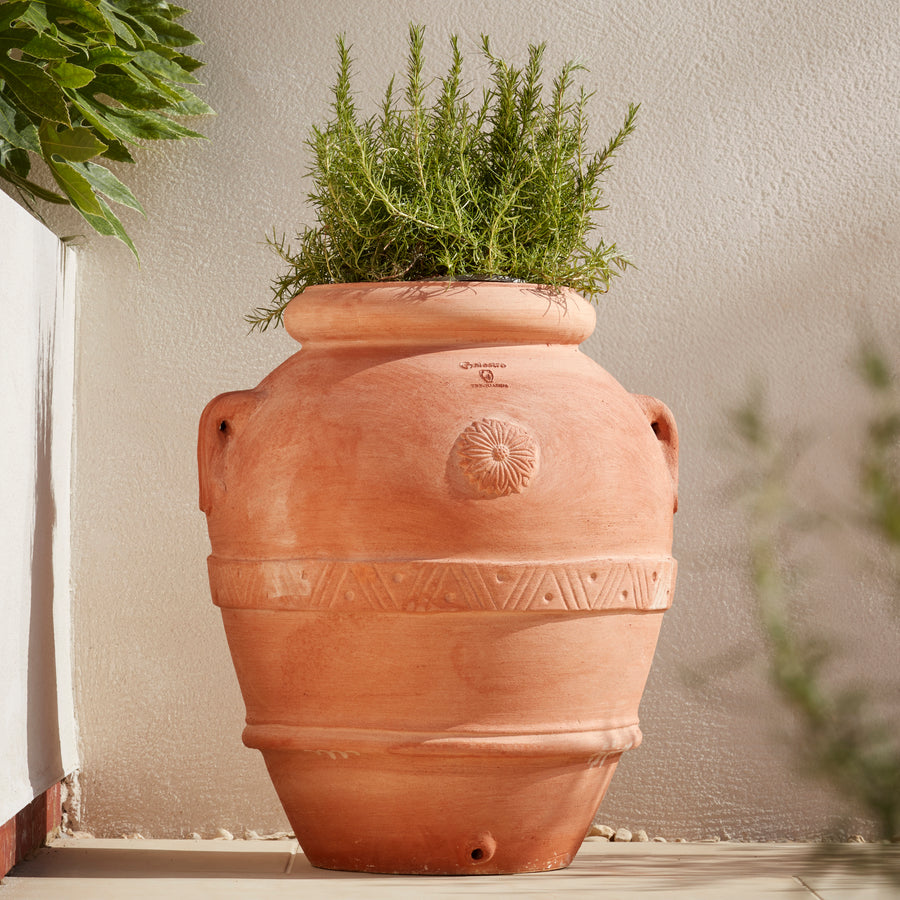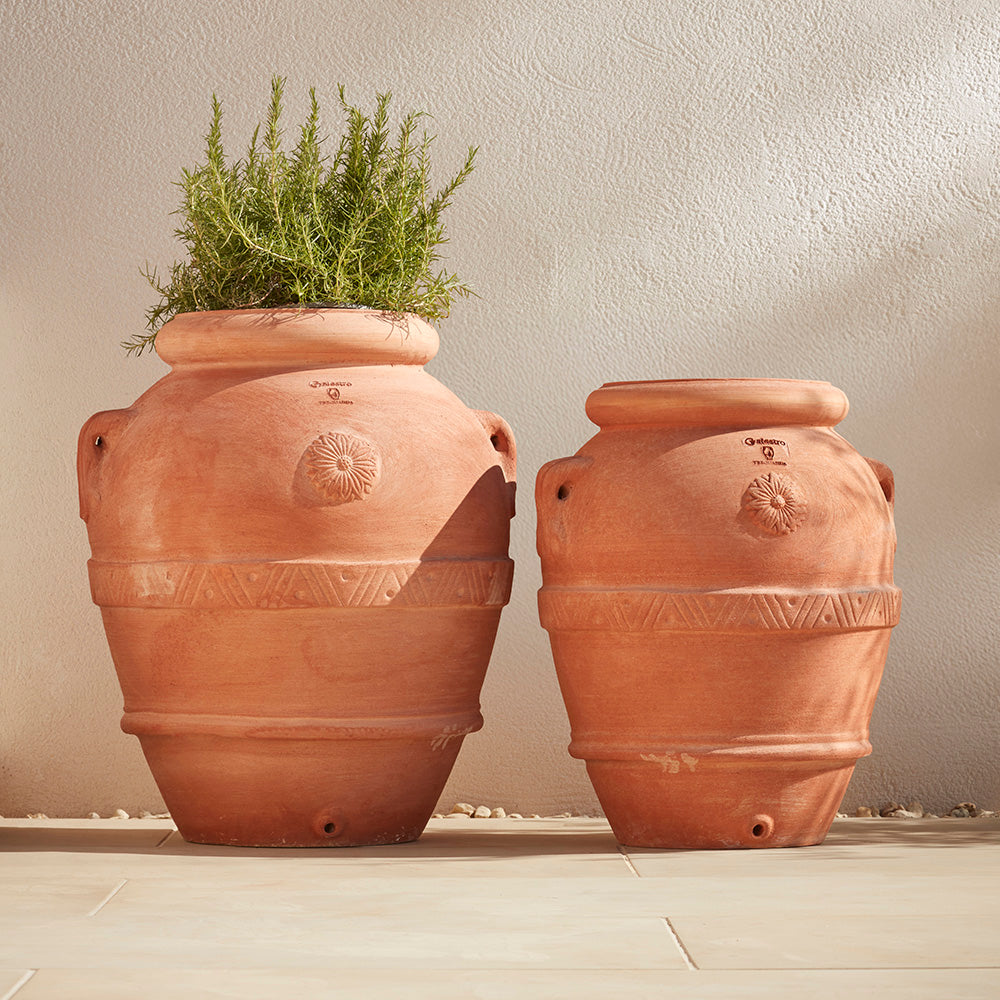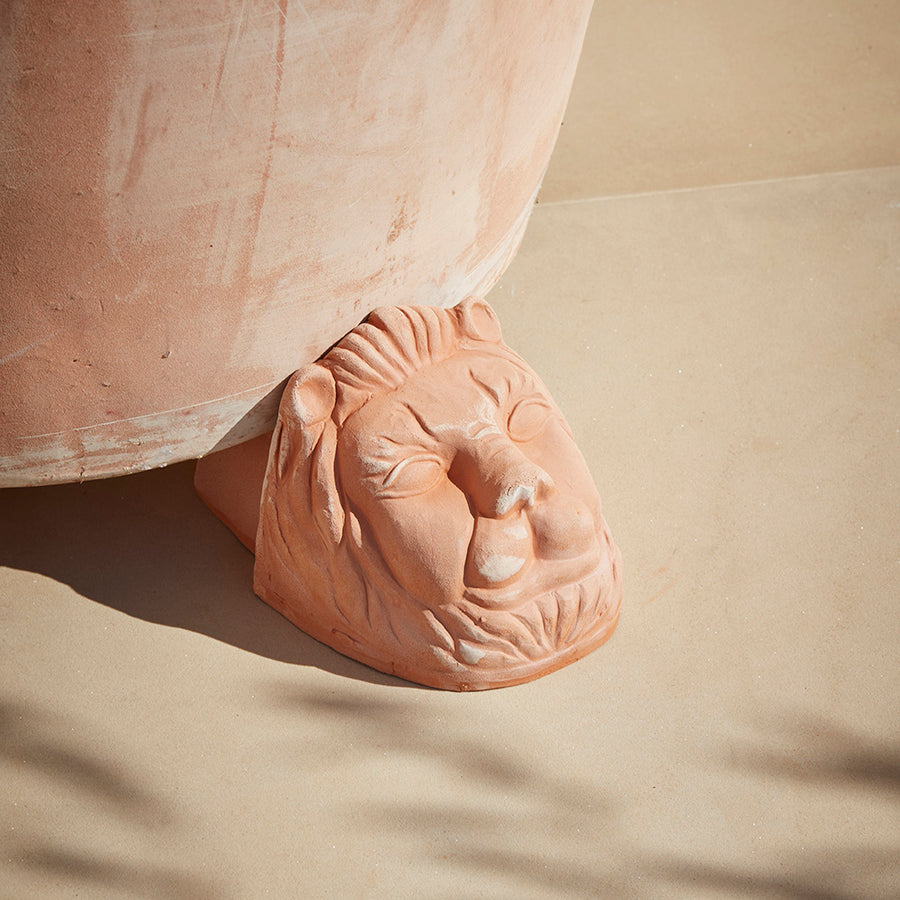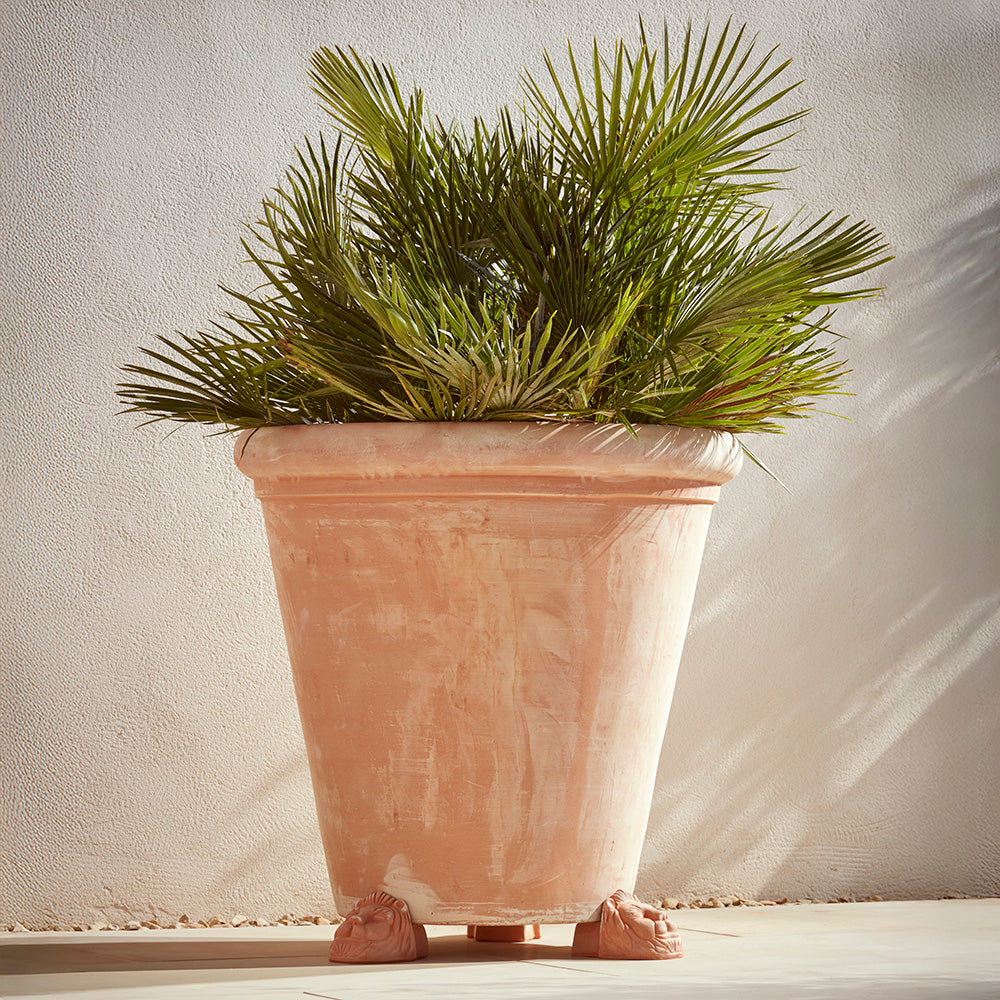The Concept of Bonsai Trees: Our top tips on Plantation & Care
Any creation of a new concept or transformation of an existing one opens up a new window through which we can find a new vision of style and structure, utility, aesthetics, and exhibit of human creativity.
This creative thinking mostly emerges from ‘intuition,’ which implies the sudden viewing of something in a novel way, supported by experience and consideration. The concept of “Making a mountain out of a mole hill” can be reversed to “Making a miniature out of a mammoth.”
This is exactly the ‘concept’ behind Bonsai, a horticultural concept created by the Chinese and shaped and christened by the Japanese. It is a hybridized concept. The bonsai tradition of Japan is culturally characterized by the influence of Zen Buddhism and the expression of Wabi-sabi.
This Japanese aesthetic approach of Bonsai appealed so much to the people worldwide that other cultures of the world have adopted it, of course with some variation in the design philosophies and rules of the Japanese tradition. You too can be a part of this global gardening feature.
The Nomenclatures
Bon means a dish or a thin bowl and ‘sai’ means trees planted. Thus, Bonsai means ‘a tree planted in a container.’ It is derived from the Chinese tradition of ‘Penzai’ or Penjing, the older form of miniature landscapes that included rocks to represent ‘mountains.’ Saikei is the smaller Japanese version of Penjing.
The Connotations
- A virtual full-sized tree in its miniature form, having enough features to create a perception of a full-grown tree and relatively smaller to its counterpart
- A sense of naturalness in artificiality, accentuated by human intervention
- A representation of much more than what it is, by allowing the viewers to interpret it, based on their memories and experience.
- A portable oasis, a mobile miniature garden, a cynosure of eyes of guests and visitors, a landscape-booster and a symbol of creativity, aesthetics, effort, ingenuity, and dedication of the grower.
- Not intended for production of food or medicines. Bonsai trees are not genetically dwarfed trees; rather, ‘tall in a short form.’
Plantation Technique
I: General
The first requirement for plantation is ceramic bonsai pots from a reputed manufacturer and supplier. The pots manufactured from Akadama clay, a Japanese bonsai soil component have the best aesthetic look and suitability for growth. Follow the following techniques and enjoy the result of your creative and novel efforts.
- Leaf Trimming: For the most varieties of deciduous tree, remove the leaves selectively. For coniferous trees, remove the needles from the trunk and branches of a bonsai
- Pun the branches, trunk, and roots of the candidate tree
- Wiring the branches and trunks, you can create the desired form, detailed branch, and leaf placement
- Shape the trunks and branches by clamping with the use of mechanical devices
- Graft the new growth of bud, root or a bud into a prepared area on the trunk of the tree or under its bark
- Defoliate certain deciduous species for providing short-term dwarfing of foliage
II: Jin & Shari
These are special forms of Bonsai that increase the look and characteristics of the tree. But, you need to have much experience and practice in creating the natural looking Jin or Shari. The first requirement for this is large bonsai pots. Your next requirement is having the required Bonsai tools such as Jin pliers, Lime sulfur, and grading tools. You can get these from online Bonsai shops.
You can make Jin and Shari by creating deadwood on Bonsai. Whereas a Jin is just a bare-stripped part of the branch, Shari is a bark-less part of a trunk. Deadwood is developed naturally when lightning ruptures a tree. It is also created by exposure to various natural phenomena such as sustained phases of drought, snapping of branches due to the stress of the ice, snow weight, or wind. The wood becomes ‘dead’ and is bleached by sunlight that is intense.
Jin and Shari are created exclusively on evergreen trees because the deciduous trees may look unrealistic and may rot away over time. You should choose early spring season or late summer season for creating deadwood.
- Creating a Jin
Make only the hardwood by removing the branch’s bark. Pull away the wood slithers by Jin pliers and chop them through the end of intended Jin. Now Jin’s basic shape is ready. Now, round off the sharp edges, by making use of some sandpaper or a cutter that is concave. Then, bleach it by smearing Lime sulfur, so that it does not rot. Allow it to dry properly for one night.
- Creating a Bonsai Shari
Choose the perfect spot so that the vital nutrient’s stream for branches, usually situated on the top end of the tree, is not cut off. Before removing the bark, lure the desired shape of the trunk’s Shari, using chalk. Don’t prolong the process of developing Shari for months. Start with a thin bark strip that can be widened in various stages. Cut the bark with a knife that is sharp enough and then tears down with Jin pliers.
When you find the desired shape, make the trunk hollow, by using graving tools or a concave cutter. For protection against protection, paint the Shari with Lime sulfur. Use the best bonsai pots for the best result.
Care
You need to adopt certain specialized care techniques to ensure the long-term health of a tree in bonsai pots and to provide nutrition, maturation, transpiration, pest resistance and other aspects of tree biology. These are briefed below
- Regular watering
- Intermittent repotting with age
- Positioning and fertilizing and fast-draining
Other Important Aspects
- Display; formal or informal upright, slant-style conifer, cascade style conifer and forest style
- Harmony of the aesthetic element
Pot & Saucers available:
- Inoku Oval Bonsai Pot & Saucer (Available in sizes 13.5cm through to 30cm)
- Kijiri Oval Bonsai Pot & Saucer (Available in sizes 12cm and 14cm)
There is a wide range of bonsai pots for sale from Gardenesque, of different sizes, shapes, and colors.




